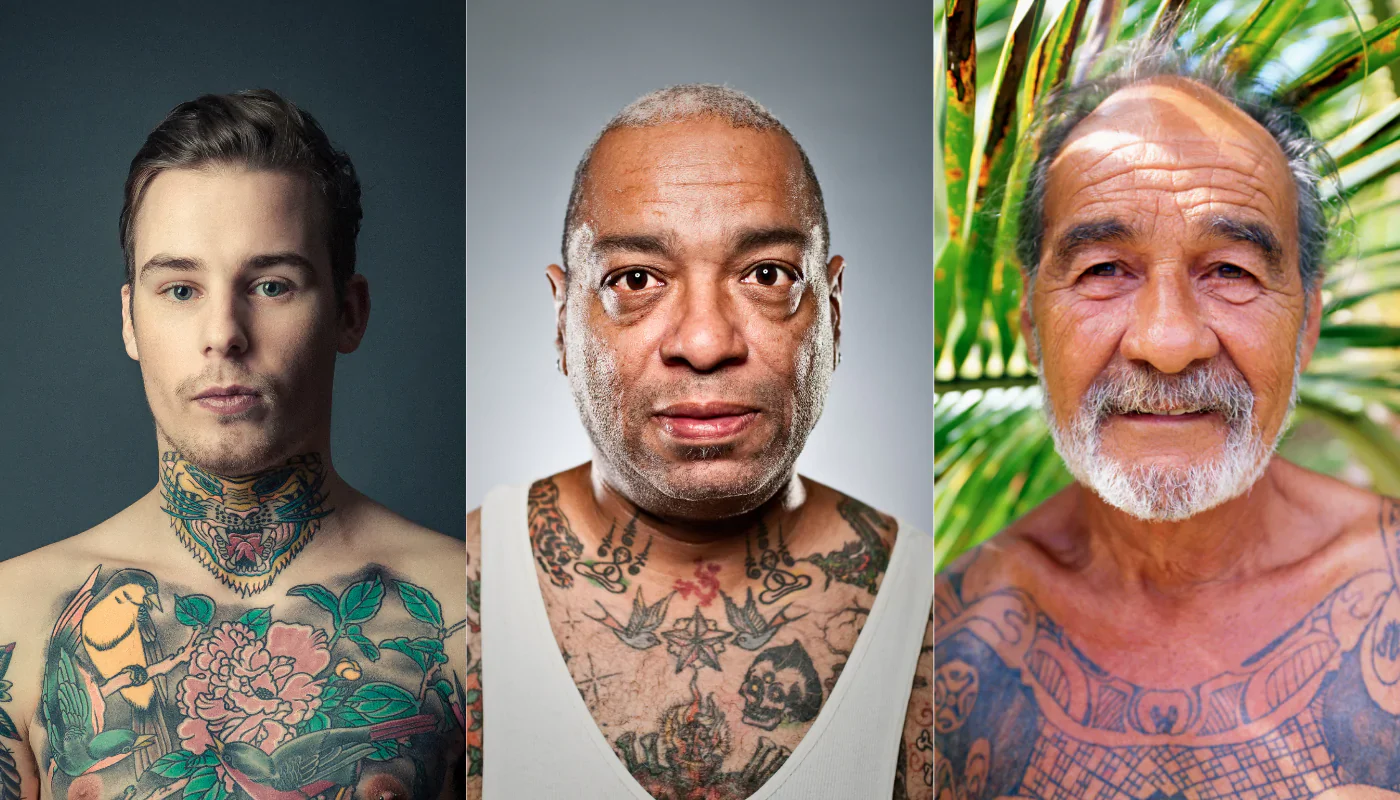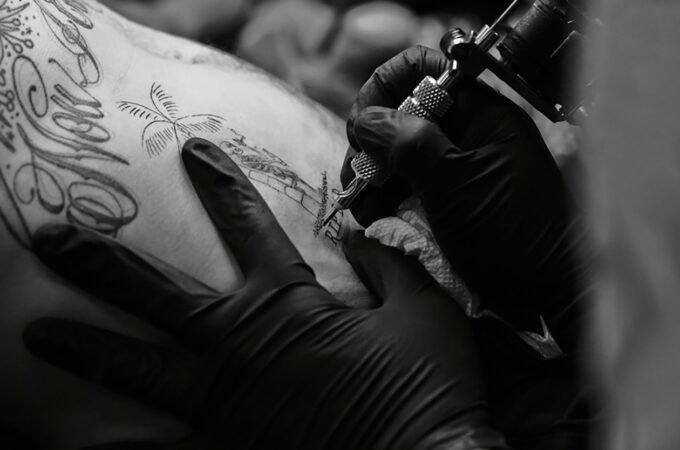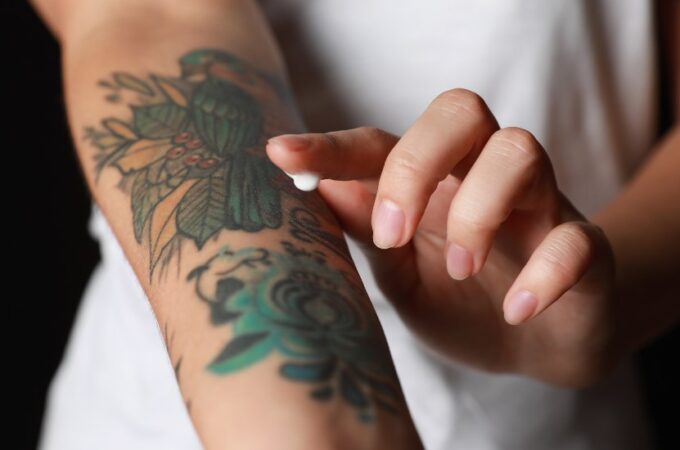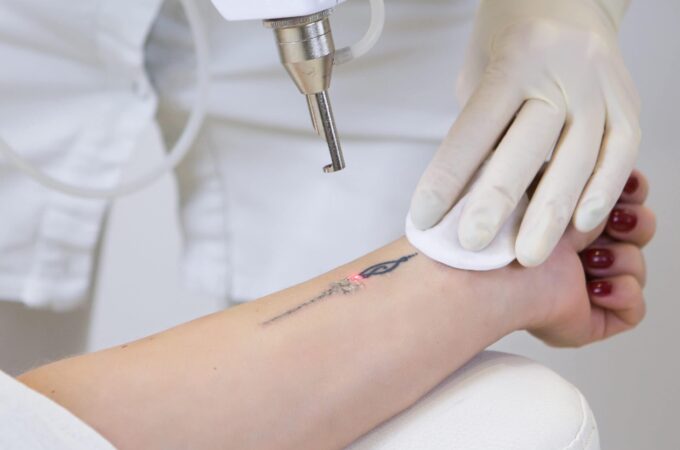
The Real Playbook: How to Find Tattoos That Age Well
Start with the Ink—That Old School Black Holds Up
Let’s not act cute here. Black ink and solid grey work best for tattoos that last. Skin studies show blackwork tattoos keep about 78 percent of their original look after ten years. Pastel yellow, by comparison, keeps only 32 percent. Tattoo artists have done fine-line and watercolor style requests for years, but if you squint at old photos, those yellows and baby blues always wash out first. It’s not magic; it’s chemistry. The bigger the pigment molecule, the longer it sits in your skin without getting snacked on by your immune system.
Traditional American styles, Tribal, and Japanese Tebori are known for thicker lines and bolder shapes. These use more ink. They also have lines thick enough to stand up when they spread a little, because yes, ink creeps over time. Japanese hand-tapped tattoos go up to 2.1 mm deep, way deeper than most modern machines. More ink, deeper in skin, means more miles out of the tattoo.
Not All Designs Are Built for Aging
Micro tattoos and tiny script may look cute, but paper-thin lines clog up or fade in just a few years. A big piece, done with thick enough lines and lots of dark pigment, will still read strong when you’re old and wrinkled. Experts recommend at least one millimeter between lines and bolder outlines to keep borders crisp even after ten years. Tiny tattoos less than five centimeters lose 70 percent of their sharpness in under five years. Large tattoos—think fifteen centimeters or more—keep their details two to three times longer.
Placement is another factor that nobody likes to talk about. Tattoos on hand, feet, knees or elbows take a beating. They fade faster because of friction and movement. Sun does the rest. Anything on your neck, face, or other exposed spots will need way more touch-ups to stay clear.
Ink, Skin, and Preferences: Tattoos and Life Choices
Getting a tattoo that stands the test of time is a bit like picking a relationship style that fits you best. Some people go for bold, classic tattoos, happy to keep things simple and timeless. Others choose something trendy or fine-lined, knowing it might need more touch-ups. That’s not so different from someone who prefers a steady long-term partner while another person is exploring things like dating an older guy or unconventional setups. The point is, everyone has their own taste and reasons for what suits them.
This is why you need to think about your tattoo for the long haul. Are you good with a design that will stop a room, or do you want it low-key and personal? Do you want it on show, or hidden? People make all kinds of choices—where to live, who to date, how to dress, and what to commit to permanently on skin. It’s best to pick with awareness, not pressure. Like tattoos, relationships and lifestyle decisions are personal, practical, and only you have to carry them around every day.
Aftercare Is Not a Joke—Protect It or Lose It
Sun burns up tattoos quicker than anything. Plain and simple: SPF 30 or above slows down fading by sixty to eighty percent compared to bare skin. One clinical study tracked tattoos for five hundred hours in the sun. No sunscreen? They lost almost half their color. With high SPF sunscreen? Only twelve percent loss. Zinc oxide sunscreens for tattoos block even more rays than drugstore lotion.
Hydrate from the inside and out. Drinking more than two liters of water a day lessens ink migration and keeps skin plumper, which helps tattoos look crisp. Regular use of thick, ceramide-based moisturizer keeps tattooed skin springy and less prone to wrinkles—forty percent less, according to research.
Touch-Ups and Trends—Why Style and Maintenance Matter
Expect to get your tattoo touched up at least every five to eight years. Data shows tattoos that get maintenance keep ninety to ninety-five percent of their original look over two decades.
Style matters, too. Bold classic tattoos stand the test of time. Fine-line and watercolor rarely last without fading. Artists and real people online agree: fine-line and pastel tattoos need more attention or they end up blurry. Millennials and younger clients often pick the trendy stuff and accept that it won’t last as long.
After age forty, tattoos fade faster. Oily skin also chews through pigment sooner than dry. Check with your artist on ink quality. Cheap pigments break down, and that’s bad for your design and your health. Speaking of health, a recent Swedish study linked tattoos to higher lymphoma risk early on, and there’s a risk spike if you ever get laser removal. Annual skin checks don’t hurt.
Science and Culture—What the Experts Really Say
Dermatologists tell people to avoid micro details and pick safe body spots. Tattoo pros say add thickness to your lines up front to get ahead of aging. Both agree that picking a style with bold lines and taking care of your skin are what works.
Tattooing is old—so are the lessons. Big, black, bold, and protected from the sun. Keep it simple and intentional and you’ll be less likely to regret the life-long decision you made with a needle.




